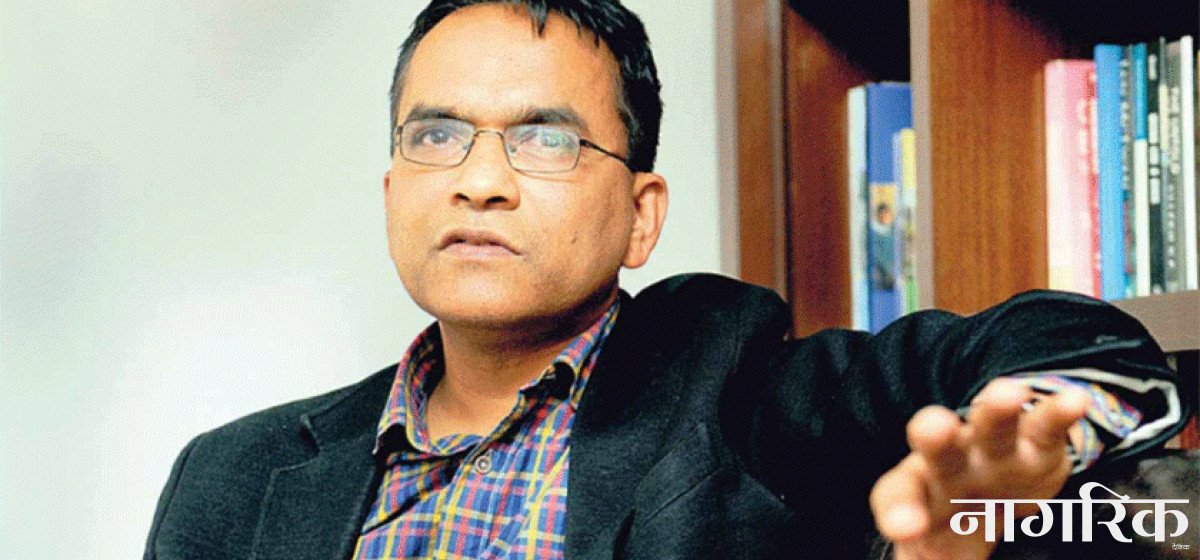
SATV 07 July, Kathmandu: Nepal Rastra Bank (NRB) Governor Biswo Nath Poudel has hinted that the central bank will be introducing measures to recover bad debt from small and medium enterprises (SMEs) and the agriculture sector. He made this remark at a time when the NRB is preparing to introduce new monetary policy for the next fiscal year (FY).
Speaking at a program organized in the capital on Sunday, the NRB governor expressed his serious concern over the soaring bad debts of banks and financial institutions (BFIs). The records with the NRB show that the non-performing loan (NPL) ratio of the BFIs rose to 5.24 percent as of mid-May, marking an increase of 1.26 percentage points over the past year.
With the BFIs unable to recover their bad debts, their NPL has escalated to Rs 289.56 billion—an increase of Rs 95.80 billion compared to the same period in the previous fiscal year, when the NPL stood at Rs 193.76 billion, equivalent to 3.98 percent of the total loan portfolio of the BFIs. A few banks including Himalayan Bank, Kumari Bank and Nepal Investment Mega Bank, among others, have seen their NPLs cross six percent on average.
Governor Poudel said if the monetary policy is focused on just solving the problems of large businesses, it will not help solve the overall problems of the Nepali economy at present. “While BFIs intend to increase credit flow in the SMEs, we have to prioritize solving the exorbitant size of bad debts in this sector,” said Poudel speaking at a pre-monetary policy discussion programme organized by the Society of Economic Journalists (SEJON).
Alongside the sharp rise in NPLs, the non-banking assets of BFIs also surged by 63.45 percent over the past year. NRB data shows that non-banking assets rose from Rs 27.6 billion in mid-May 2024 to Rs 45.11 billion in mid-May 2025—an increase of Rs 17.51 billion in just one year.
The soaring bad debt has also been compelling the BFIs to rely heavily on short-term monetary instruments offered by the NRB to manage their surplus liquidity—rather than channeling it into productive and profit-generating sectors.
President of Nepal Bankers' Association, Santosh Koirala, pointed out the repercussions of the inadequate cash flow in the economy has been reflected in the banking businesses. “The banks’ loan recovery from rural areas accounts for less than 50 percent,” said Koirala, stressing on NRB’s preference to address the soaring NPLs through the upcoming monetary policy.
The average base interest rate of Nepal’s commercial banks has come down to a three-year low at 6.48 percent, while it stands at around five percent for a number of individual banks. Despite the heavy fall in interest rates, the BFIs have been unable to increase their lending, raising NRB’s concern over the issue.
Rajesh Upadhyay, vice-president of the Confederation of Banks and Financial Institutions Nepal, said the growing NPLs of banks have been emerging as a social problem rather than the BFIs’ problem. “It is sure to negatively impact the overall sectors of the economy,” said Upadhyay.



















